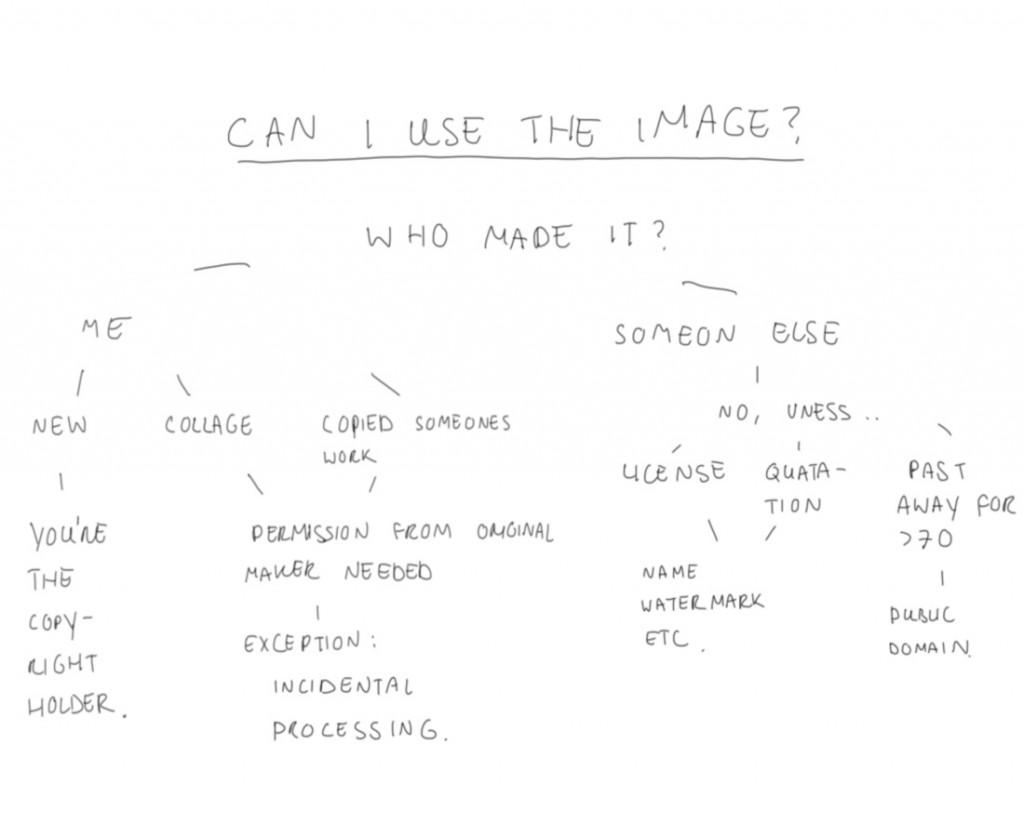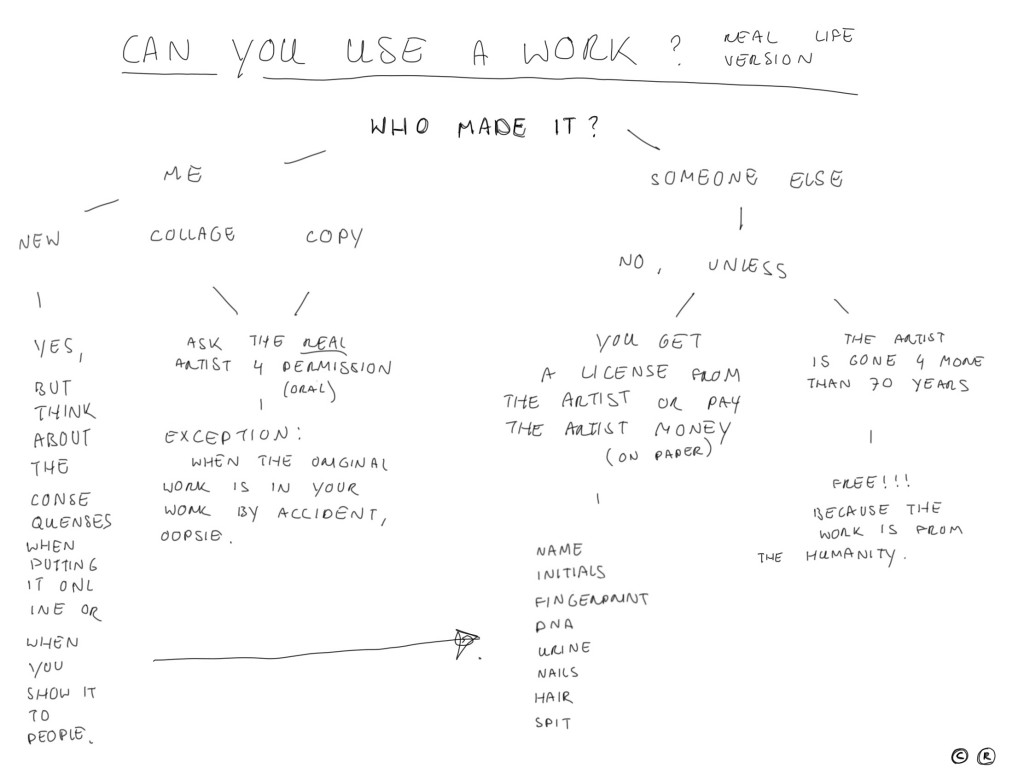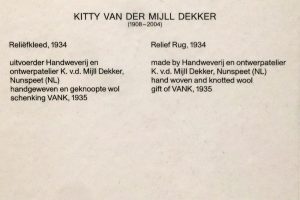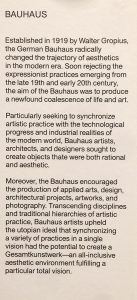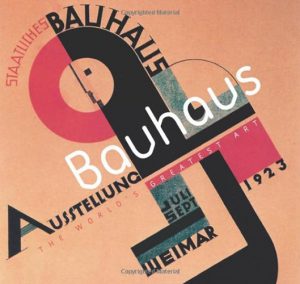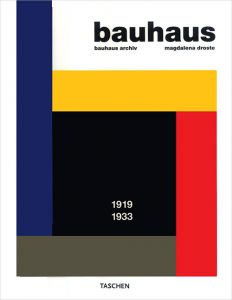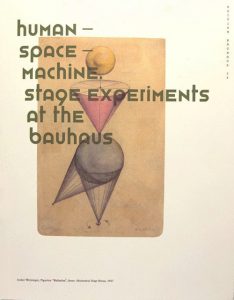While viewing all the design objects in Stedelijk Museum I came to the end of the show. I thought its hopeless to find something that satisfies my eye. I finally saw the Floris chair in it’s beautiful white form. I thought it was such an extraordinary design, so feminine, so elegant, there must be something interesting on this chair, and so I began my research on Gunter Beltzig.
Gunter Beltzig is an industrial designer that designed plastic furniture in his youth. They are now exhibited as classics in museums of modern art. He designed many various pieces of chairs and tables. As I went on checking his website, facebook profile, and all the pages that Google gave me, I found more and more of 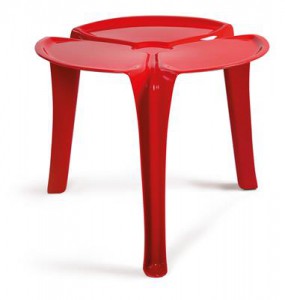 his furniture. Some were named by the same name, “Floris”, and some more playful names like Pegasus.
his furniture. Some were named by the same name, “Floris”, and some more playful names like Pegasus.
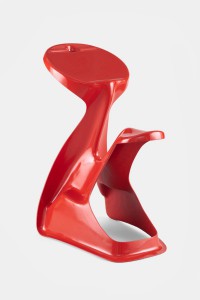
In 1968, Beltzig created the visionary FLORIS chair, which made him known overnight. I stumbled upon Gunter’s research and ideals about life, he seemed to get be inspired by the atmosphere of the 1960s. World events, such as America sending a man to the moon or withdrawal of American troops from Vietnam, made the possibilities seem endless. To him, the world seemed full of potential and Beltzig wanted to produce a chair that matched the great future ahead.
Beltzig’s Floris chair is an ergonomic form with three legs and designed to support the three points needed for seating: the neck, rear, and back. Further the chair is light, stackable and stable. Made of fiberglass, the biomorphic form captures the spirit of the material.
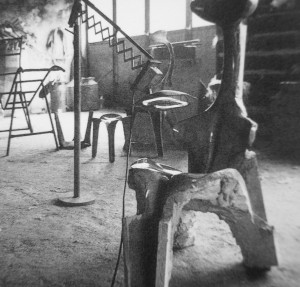
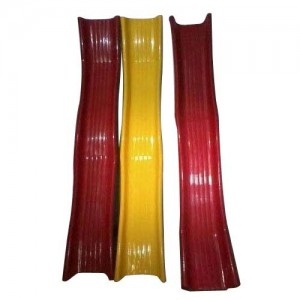
Soon enough I started to see Gunter’s designs to represent interesting forms, something that reminded me of children’s play. I noticed that his designs were morphing into samples of playground equipment.

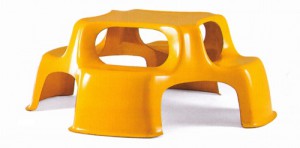
Also if you put them in an outdoor environment, they represent their true shape
and use: 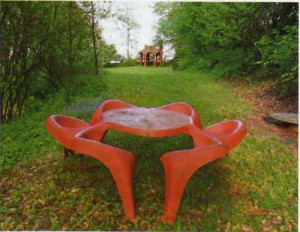
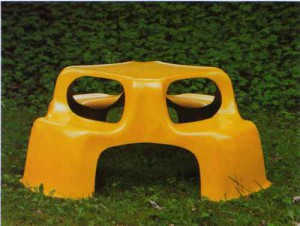
I found information that he worked for almost five years designing electrical equipment for Siemens AG in Munich until he decided to design playground equipment and outdoor areas for children, of course we can see by his fixation on minimal, plastic, childish designs.
He has written a book on playground design, which has been translated into several languages, authored many publications on the subject of playgrounds catering for people with disabilities and children’s aesthetics and also worked collaboratively on the playground standards. He has held teaching positions at various technical universities. He has created very interesting play areas throughout Europe, also in sensitive nature and conservation areas, with high design demands, many play offers and high experience and learning effects.
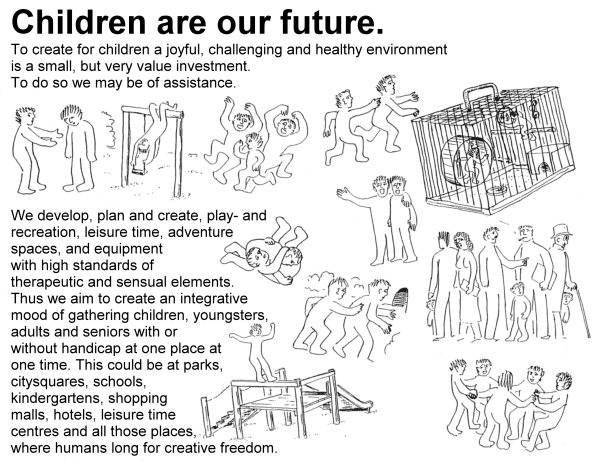
-
The 6 golden rules for a perfect playground (TEXT)
Children play! At any time! With everything! Everywhere! All over!
Children play everywhere, at all times, with everything they can find; therefore children actually need no playgrounds. But because they are not allowed to play everywhere with everything at any time we need playgrounds to entice children away from dangers, disturbances and the wrong things.
Playing means: „activities of an individual to adjust to the environment“, with other words – playing means sampling all possibilities, go to the borders, sample experiences, search, learn – and it just does not mean children alone, but artists, researchers and many creative human beings play.
There is no defined „value of play“ but many particular play functions like climbing, balancing, coordinating, sliding, to train social conduct, to sustain oneself within the group, but also the experience of wind, rain, sun, these are only few of the possibilities in functional play.
They can overlap, can support one another; but also can block up, prevent play or lead to aggressive behavior.
Therefore it is of special importance to consciously select and search for and set in special play functions on playgrounds on special play equipment.
A playground is a highly complex sociologically functioning place.
The 6 golden rules for a perfect playground
A good playground should:
1. Offer atmosphere, impart sense of well-being, invite to abidance.
2. Have possibilities for discovery, provide only searcher with its full potentials.
3. Allow controllable risk, cognizable risk, manipulable risk.
4. Offer differing possibilities for different moods, interests, needs.
5. Supply wind-, sight- and sound-shelter.
6. Make „special“ bans dispensable.
A bad playground is:
1. A parcours for dressage.
2. A landscape decoration.
3. A use of residual areas.
4. A centralist mono-structure for only one specific user-group.
5. Not enough room, not enough choices, too uniform, not enough stability, too unkind.
6. Too safe, too similar to an enclosure, too regulated.
Gunter is a designer with a great imagination, I can almost say that he would fulfill all my dreams as a child, and give me the opportunity to enter a playground full of excitement.
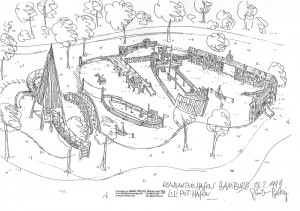
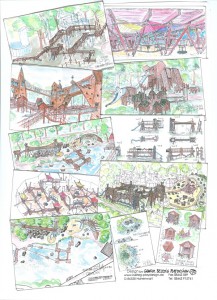
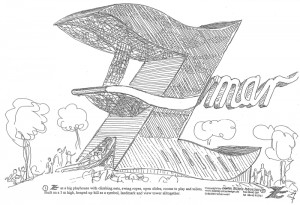
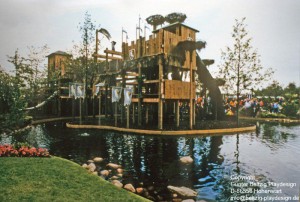
Some more information about projects, books, articles, text and magazine mentions:
Playconcepts and Projects of the recent past
– Playground without Play equipment, at the LAGA, Pforzheim, Germany 1992
– Apulia Robinson Club, Kinderbereich, Italien 1993
– Expo Lissabon, Spielgelände, Portugal 1997
– New York City Hall of Science, Play Area, USA 1997
– Naturspielgelände, Waging am See, 1997
– Playmobilpark, Zirndorf 1998
– Castle Plays Cape, Billund, Dänemark 1998
– Spielinsel, Thoiry-Park, Frankreich 2000
– Spiel-Mal, Ornithopter, Magdeburg 2000
– Play-Area in the Livingston Park, Puerto Rico 2001
– Princess Diana Memorial Parc, Play Area, Kensington, London 2001
– Spielburg, LAGA, Oelde 2001
– Ouwehands Dieren Park, Spielhalle, Holland 2002
– Wasserspiel im Kinderreich, Deutsches Museum, München 2002
– Fidenza Village, Play Area, Italien 2003
– Spiel-Mal, Kiesspiel, Dortmund 2003
– Wasserspiel LAGA, Trier 2004
– Play in the Tree Alnwick Garden, England 2004
– Playmobil Spielen in der Halle, Zirndorf 2004
– Blindeninstitutsstiftung, Würzburg 2005
– Spiellabyrinth, Wien 2005
– “Play the Wilderness” Concept, Deimhausen since 1998
Gunter Beltzig is mentioned in a few books and biographies mainly interested around design in the Stedelijk Museum library:
1.
Experiment 70 : Designvisionen von Luigi Colani und Günter BeltzigGrunewald, Almut Hoffmann, Tobias (2002)
2. Sixties design: Garner, Philippe (2001)
3. Plastics : designs and materials: Katz, Sylvia (1978)
4. Van bakeliet tot composiet : design met nieuwe materialen = From bakelite to composite : design in new materialsBucquouye, Moniek E.Beukers, Adriaan (2002)
Books
„Kinderspielplätze“, Bauverlag, 1987, no longer available, revised as: „Das Spielplatzbuch“, Spiel-Raum-Verlag 1998 translated into: ukrainian 1991, polish 2001 „Ksiega Placow Zabaw“
„Spielgeräte…“, G.Agde, G.Beltzig, J.Richter, D.Settelmeier, DIN Beuth-Verlag 2001 translated into: french, Verlag Afnor 2002
„Leitlinien für integrative Spielplätze“, Nürnberg 2003
Articles
“Child-like, Childish, Child-friendly: is there such a thing as children´s aesthetics?”, (Kid Size, Exhibition Catalogue, Vitra Museum 1997)
Meine „Sixties“ 68 Design und Alltagskultur (Dumont, Ausst.-Katalog 1998)
Kindergarten Architecture (Gingko Press inc. Corte Madera USA 2001)
Guarderias Diseno de Jardines de Infancia (Editorial G.Gill .S.A., Barcelona 2001)
Bauten für Kinder (Kohlhammer Verlag Stuttgart 2002)
Texts:
• The 6 golden rules for a perfect playground
• Child-like, Childish, Child-friendly: is there such a thing as children’s aesthetics
• Play areas in schools
• Concept for A Councillor of Children needs
• Playgrounds and Playground Equipment for the Handicapped
• Checklist
WEBSITE: http://www.beltzig-playdesign.de/indexe.html

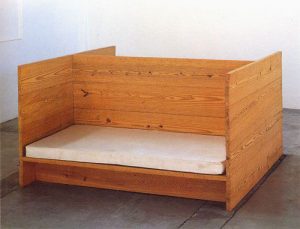
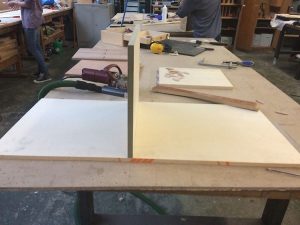
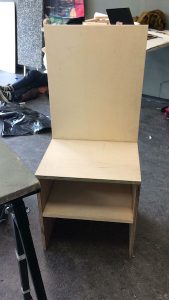
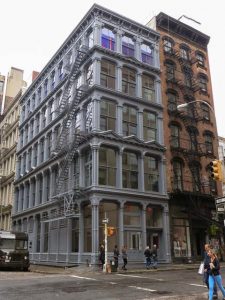
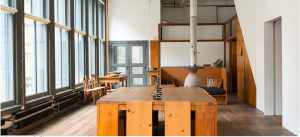

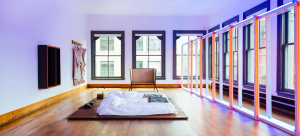
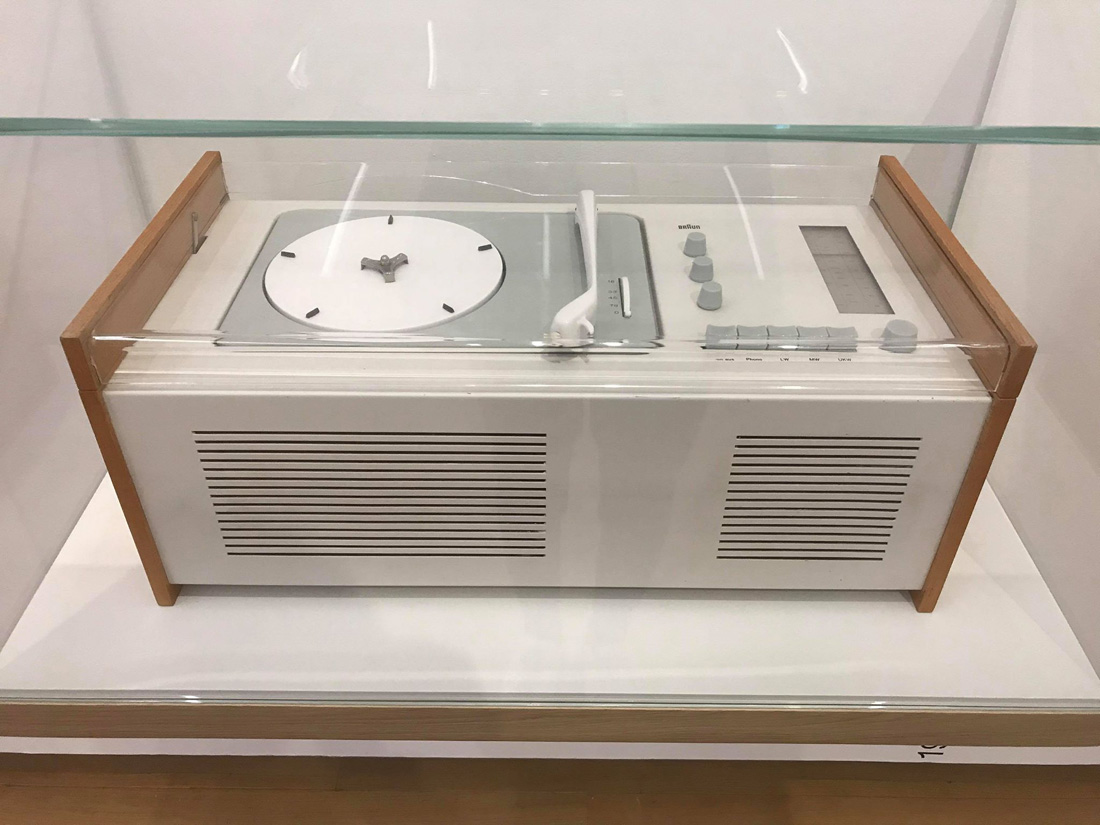
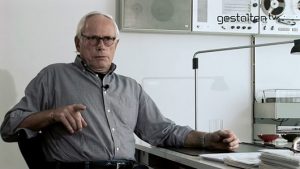
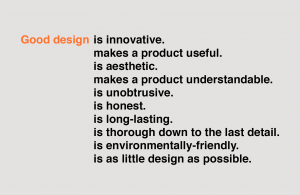
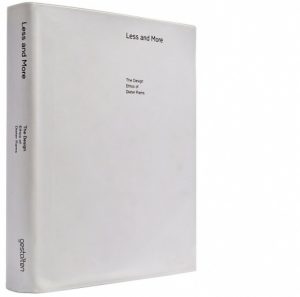



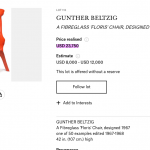
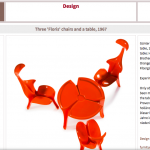

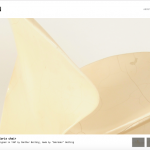
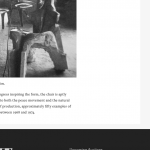
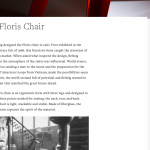
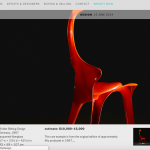
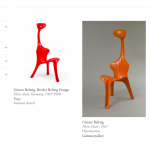
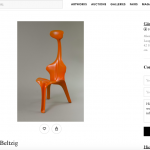
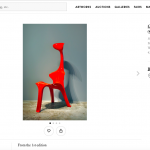
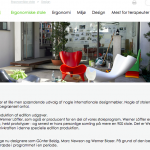
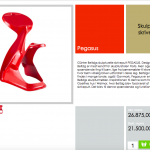
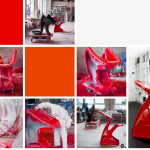
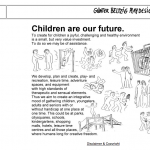
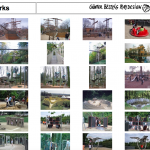
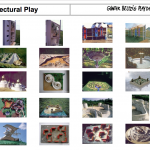
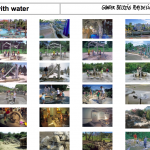
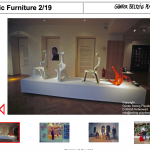
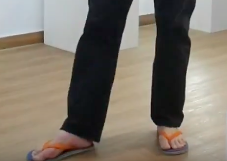

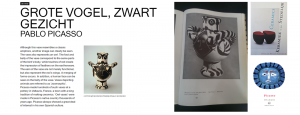


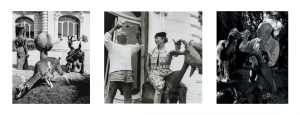

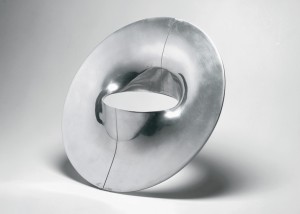

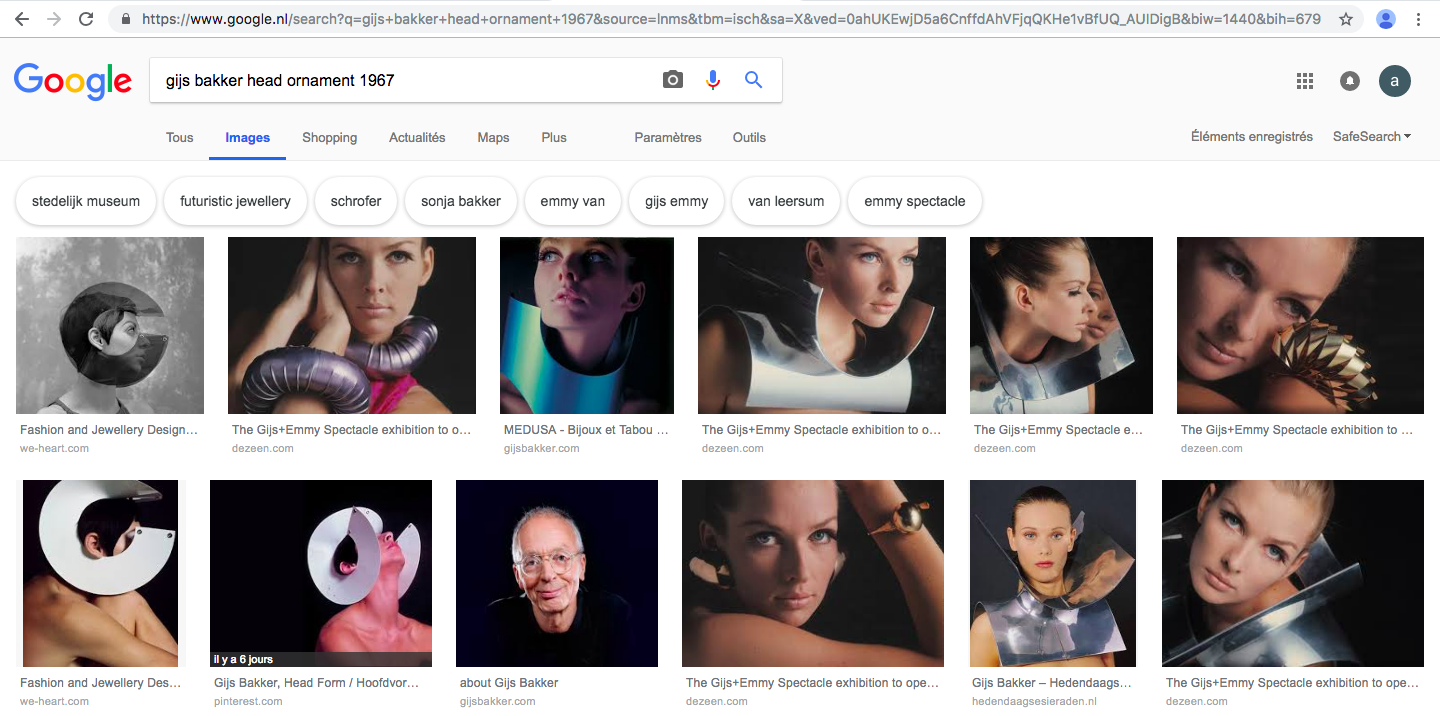
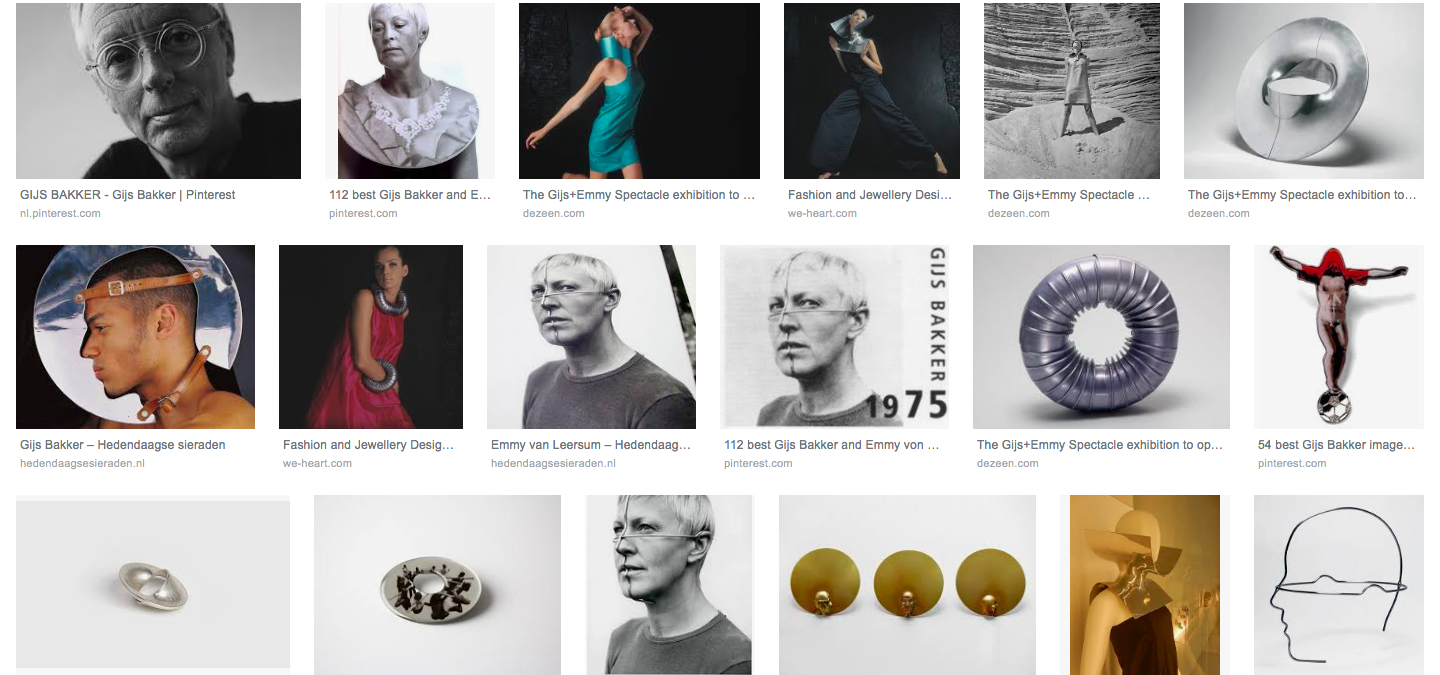

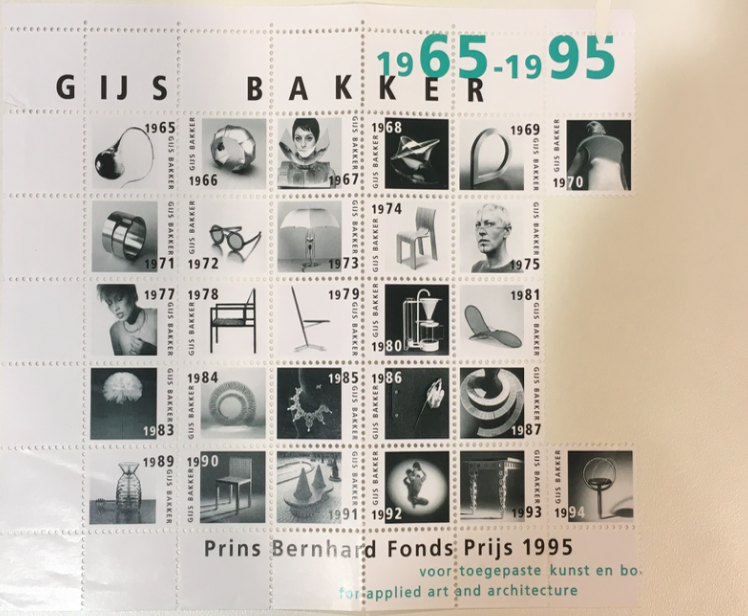
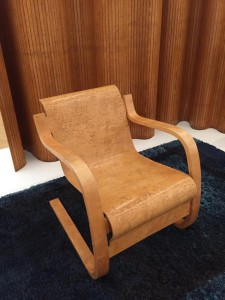
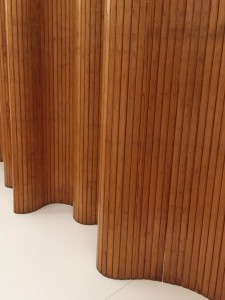
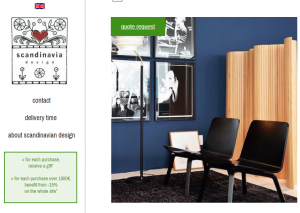
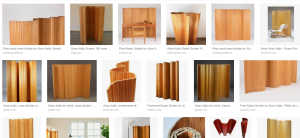
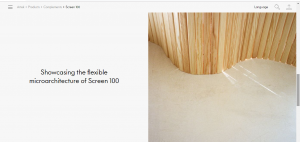
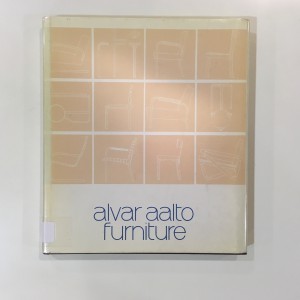

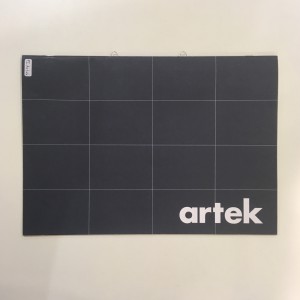
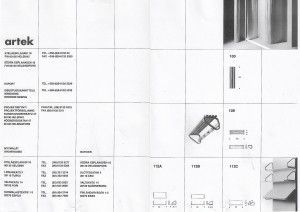
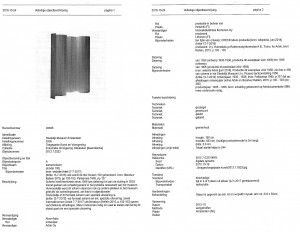
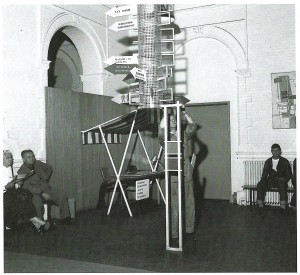


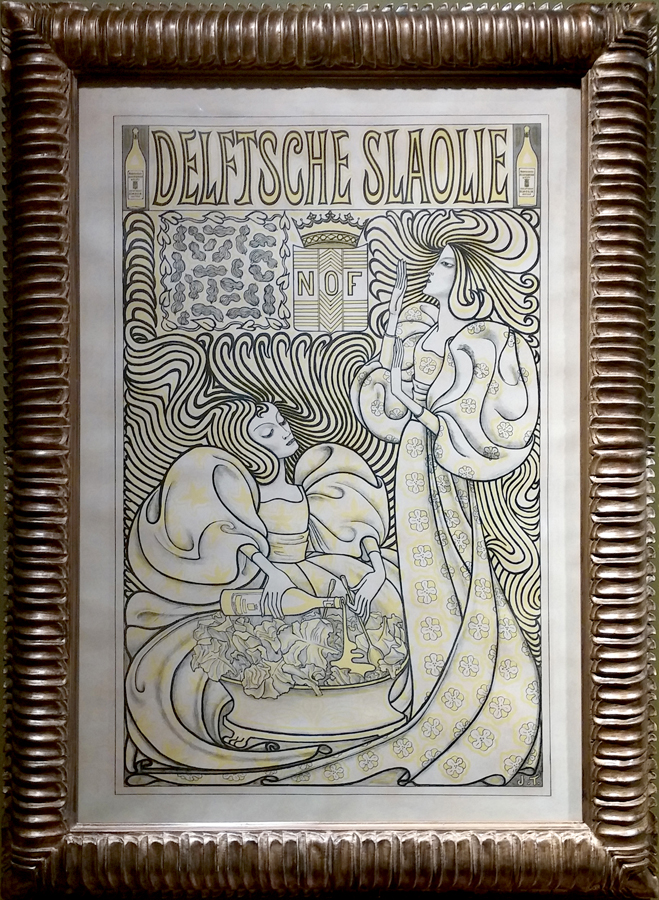
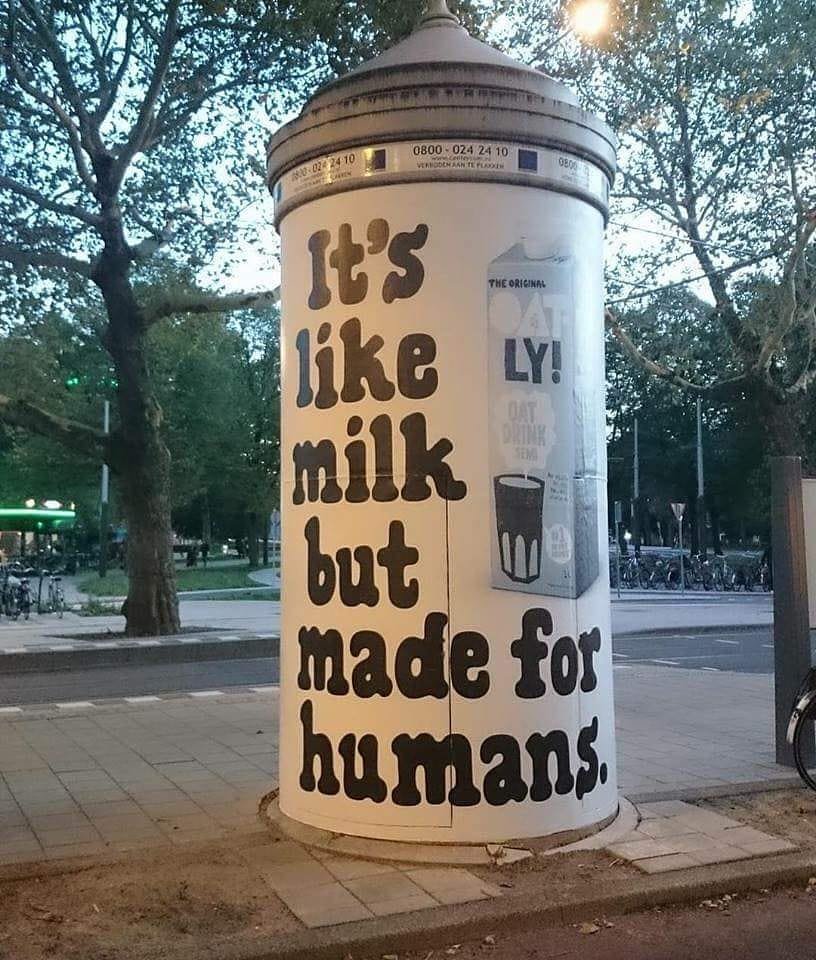

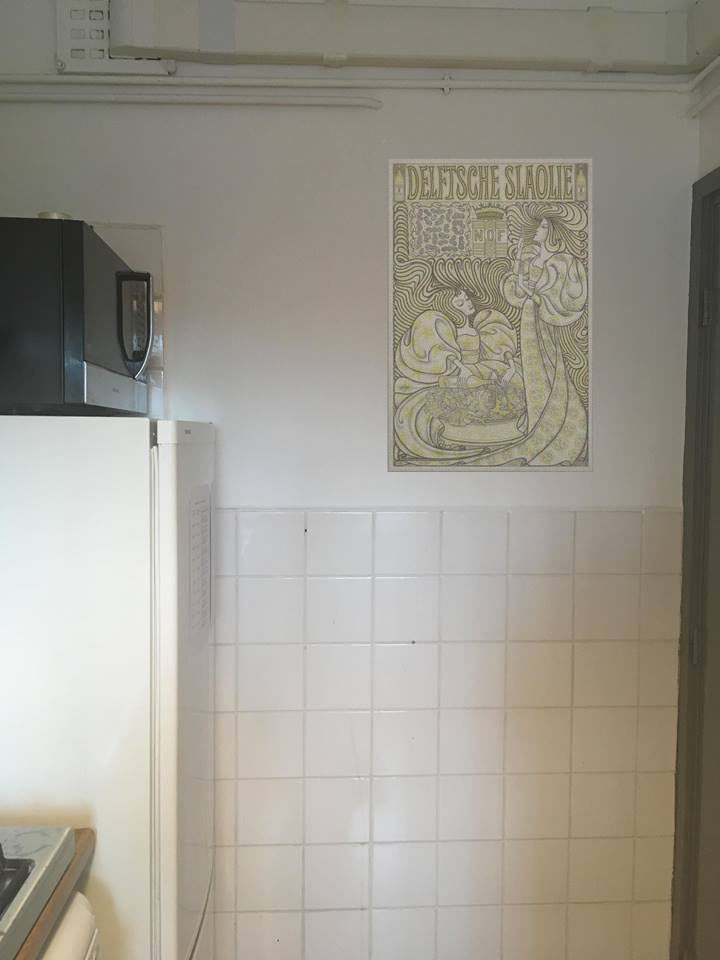

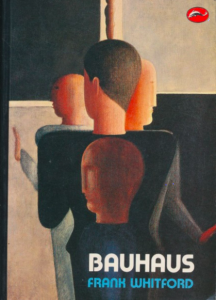
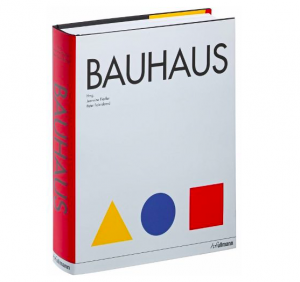
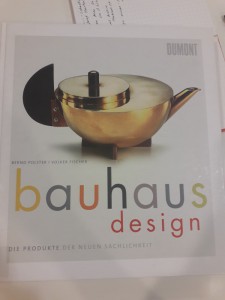

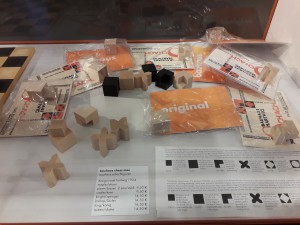

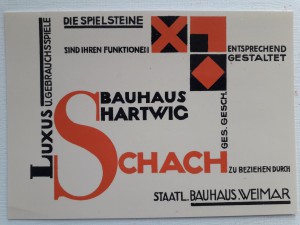
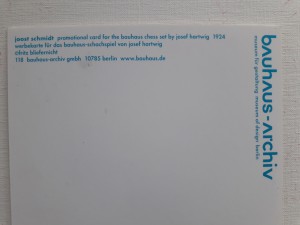
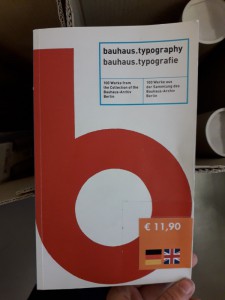
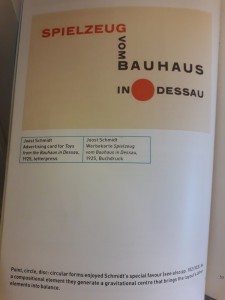
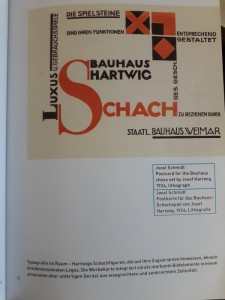
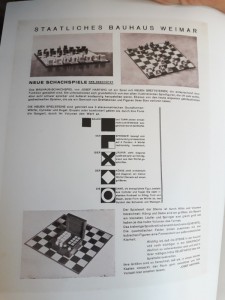
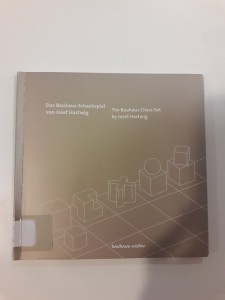
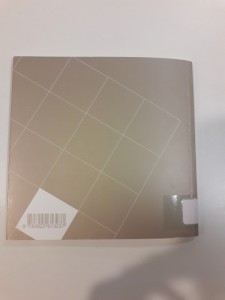
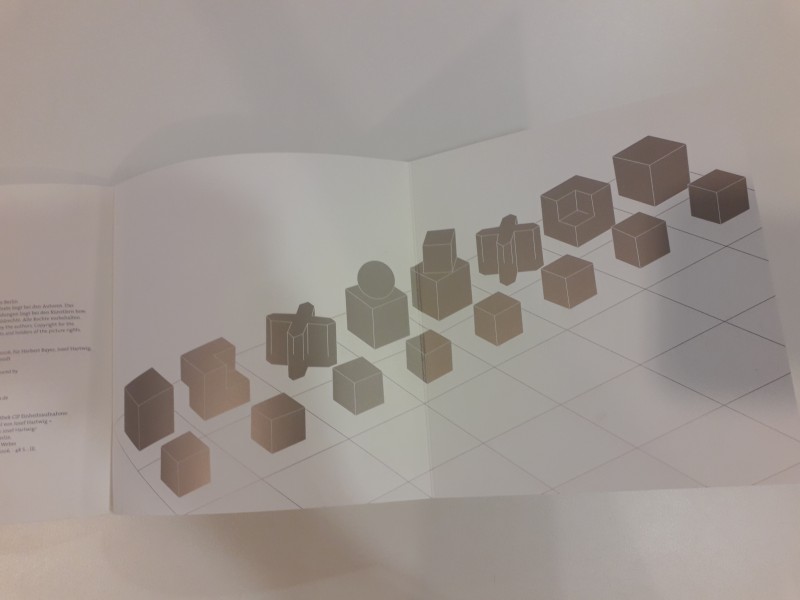

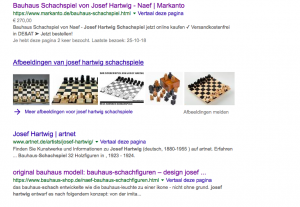
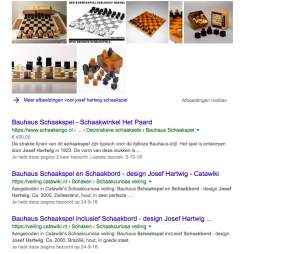
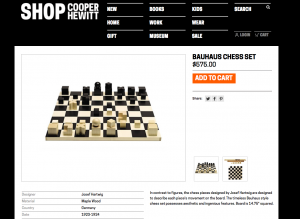

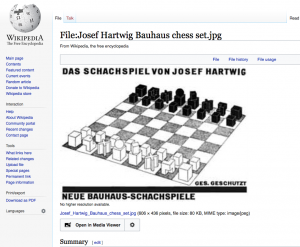

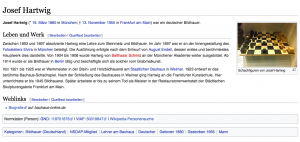
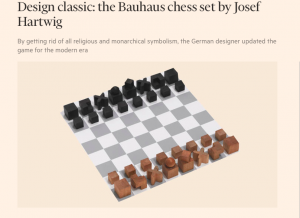
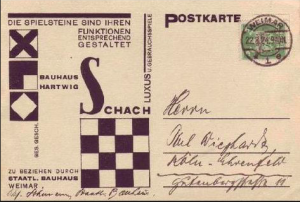












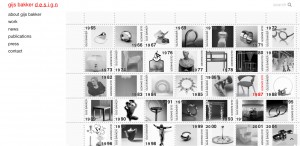
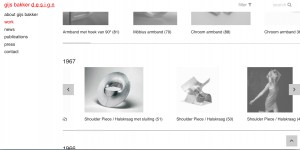
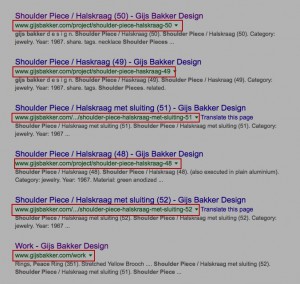

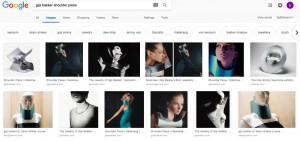



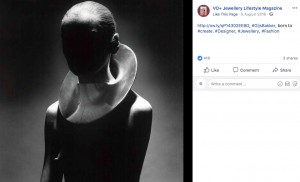

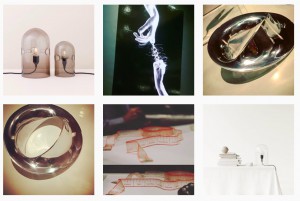

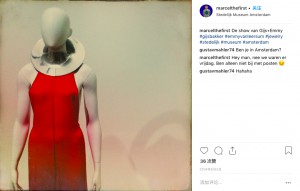



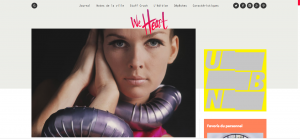
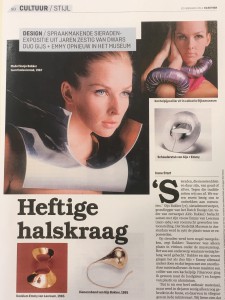
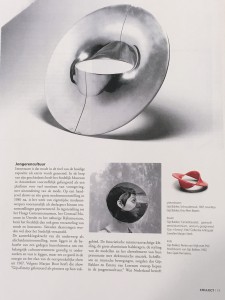
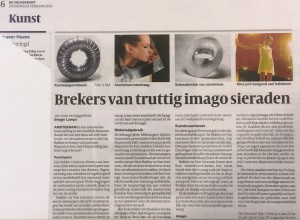
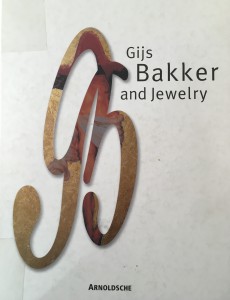

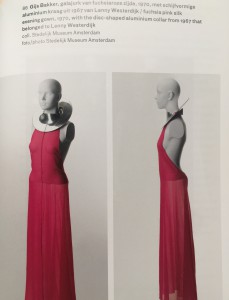
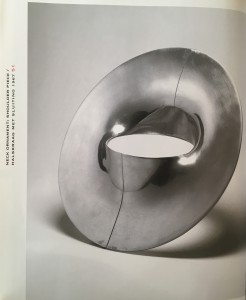

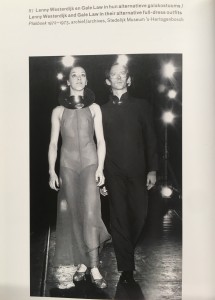
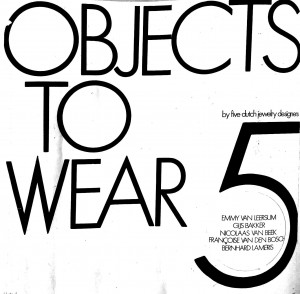

 his furniture. Some were named by the same name, “Floris”, and some more playful names like Pegasus.
his furniture. Some were named by the same name, “Floris”, and some more playful names like Pegasus.













